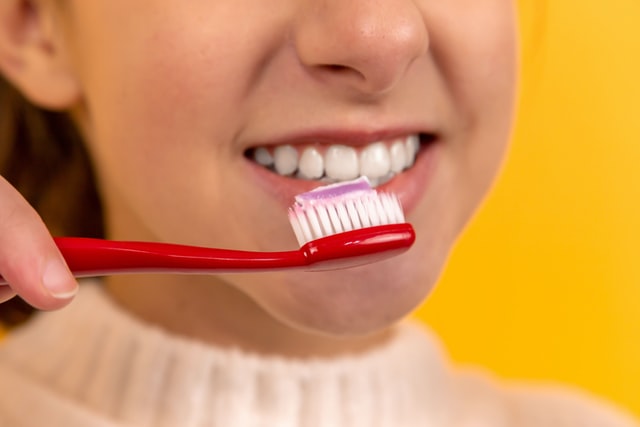We toss out old meals, resupply vitamins, and supplements, and renew our cosmetic products regularly, but when it comes to care and wellness, our oral hygiene doesn’t get the same kind of focus or thought. There are, however, some key regulations and guidelines to follow to maintain excellent dental health. The Indian Dental Association recommends changing your toothbrush every three months. Brushes lose their effectiveness at removing plaque from teeth and gums over time due to regular wear and tear. According to studies, the bristles break down and lose their potency after 3 months.
Another factor we don’t usually consider is that bacteria can hide and accumulate in toothbrush bristles. Because of this, it’s critical to replace your toothbrush after a cold to avoid reinfection. If the brush is not cared for properly, fungus and bacteria can grow in the bristles. After each use, carefully rinse and dry your toothbrush before storing it uncovered in an upright position, away from other toothbrushes that have been used. When traveling, keep your toothbrush head covered to protect it and prevent germs from spreading. If you’re not sure how long it’s been, look at the state of your toothbrush head, particularly if the bristles are worn out, fanned out, or frayed, or if you see dark color changes, which are an indication of mold.

If the fact that bacteria and fungus grow on your toothbrush bristles overtime isn’t enough to convince you to change your toothbrush more frequently, there are a slew of other hazards and unpleasant consequences to consider. One concern is that your gums will be damaged as outdated toothbrushes become ineffective at eliminating plaque from your teeth, resulting in gingivitis. Gingivitis, if left untreated, can lead to infection, which can lead to tooth loss. To summaries, it is preferable to change your toothbrush every three months and to take proper care of it.




